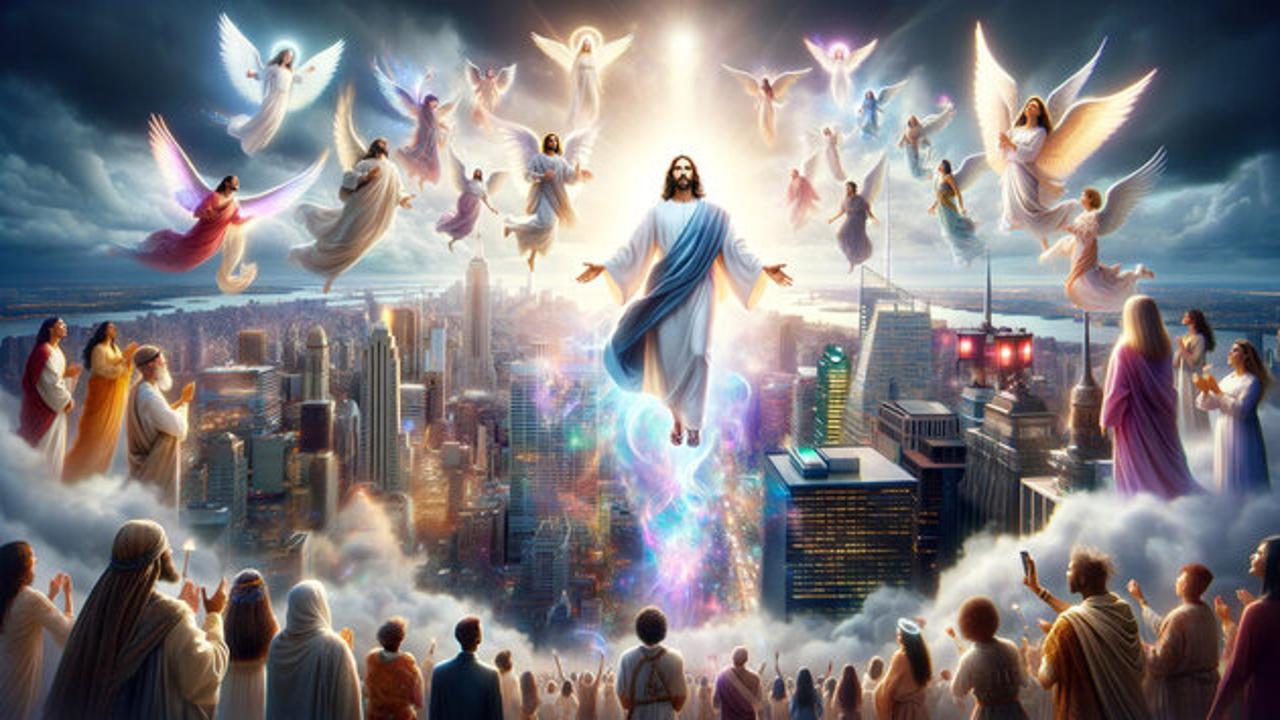Introduction
The return of Jesus Christ is a central hope of the Christian faith. However, within the body of Christ, there are differing views about the timing and nature of this event, especially in relation to the period commonly referred to as the Great Tribulation. These perspectives—such as Pre-Tribulation, Mid-Tribulation, Pre-Wrath, Post-Tribulation, and the Historic Church View—differ not in their affirmation of Christ’s return, but in their interpretation of when and how believers will be gathered to Him.
This comparison chart is designed to lay out these views side by side in a fair and concise manner, highlighting their key distinctions, scriptural bases, historical support, and practical implications. Rather than promoting one view over another, the chart seeks to help believers think critically and biblically about their eschatology, and to test every doctrine—no matter how popular—against the unchanging Word of God (Acts 17:11; 2 Tim. 3:16).
Rapture Views Comparison Chart
| Aspect | Pre-Tribulation View | Mid-Tribulation View | Pre-Wrath View | Post-Tribulation View | Historic Church View |
|---|---|---|---|---|---|
| Timing of Rapture | Before the 7-year tribulation | Midpoint (3.5 years into the 7-year tribulation) | Near the end of the tribulation, just before God’s wrath | After the full tribulation, at Christ’s return | After tribulation (only one return of Christ) |
| Key Scriptures Used | 1 Thess. 4:16–17; Rev. 3:10 | Dan. 7:25; Rev. 11:15; 1 Cor. 15:52 | 1 Thess. 5:9; Matt. 24:29–31; Rev. 6–7 | Matt. 24:29–31; 1 Thess. 4–5; 2 Thess. 2:1–4 | Matt. 24:29–31; Rev. 20:4–6; early writings |
| Second Coming Timing | After the 7 years | After the 7 years | After the Day of the Lord begins | Same as the rapture – one visible return | One final, visible return of Christ |
| Tribulation Involvement | Church is removed before tribulation | Church experiences first half (tribulation by man), but not God’s wrath | Church endures most of the tribulation but is raptured before God’s wrath | Church remains through tribulation with divine protection | Church has always endured tribulation historically |
| Return of Christ Visibility | Secret rapture, then visible return | Rapture seen by believers, return is visible | Public return just before wrath | Public, visible return witnessed by all | Public, visible return of Christ |
| Support in Early Church Writings | Absent before 1830s (Darby/Scofield) | Not taught explicitly | Not found in early church | Supported by early fathers (e.g., Irenaeus) | Standard view until 1800s; tribulation expected |
| Common Objections | Creates a third “coming”; lacks explicit support | Weak biblical support for 3.5-year split | Unclear biblical definition of “wrath” | Challenges “imminence” view | Less structured, but consistent with martyrdom history |
| View of God’s Wrath | Entire 7-year period is God’s wrath | Wrath starts in second half | Wrath is only the final segment | Wrath is post-return, on unbelievers | God’s wrath is after Christ’s return, not before |
The Tribulation vs. Wrath Comparison Chart outlines how each rapture view defines “tribulation” and “wrath,” helping clarify where key theological distinctions lie.
Tribulation vs. Wrath Comparison Chart
| View | Tribulation Definition & Timing | Wrath Definition & Timing |
|---|---|---|
| Pre-Tribulation | Entire 7 years; includes persecution, judgments—believed to be God’s wrath | Entire 7 years is God’s wrath; begins at start of Daniel’s 70th week |
| Mid-Tribulation | First 3.5 years = tribulation; second half is “Great Tribulation” & God’s wrath | Wrath begins in the second 3.5 years (after covenant is broken) |
| Pre-Wrath | Majority of 7 years is tribulation; wrath begins near the end (bowl judgments) | Wrath = God’s final judgment (bowl judgments); occurs late in timeline |
| Post-Tribulation | Tribulation is ongoing persecution; final intense period before Christ returns | Wrath is at Christ’s return; not equivalent to tribulation |
| Historic Church | Tribulation is part of normal Christian life throughout history | Wrath is eternal judgment; not poured out until after Christ’s return |
Final Remarks
It is essential to remember that while the timing of the rapture is a deeply studied and debated topic, it is not a salvation issue. Faith in the death and resurrection of Jesus Christ for the forgiveness of sins remains the foundation of Christian hope—not our eschatological charts or timelines.
That said, one’s view of the end times can have significant practical implications. It can shape how we live, how we prepare for suffering, how we engage with the world, and how we interpret unfolding global events. A biblically grounded eschatology should cultivate watchfulness, endurance, and hope—not fear or escapism.
As you explore this chart, let the goal be not merely to adopt a label, but to deepen your understanding of Scripture, to grow in discernment, and to align your perspective with God’s revealed plan in His Word. Whether Christ returns sooner or later, may we be found faithful when He comes.
“Blessed is he that watcheth…” – Revelation 16:15
Notes:
- Historic Church View overlaps heavily with Post-Trib but avoids artificial divisions of tribulation phases.
- Pre-Wrath tries to reconcile God’s wrath with end-of-tribulation timing by separating human tribulation from divine wrath.
- Only Pre-Trib emphasizes imminence (any-moment rapture), while the others focus on watching for signs.
- Early church fathers like Justin Martyr, Irenaeus, and Hippolytus expected tribulation and Antichrist before Christ’s return.



